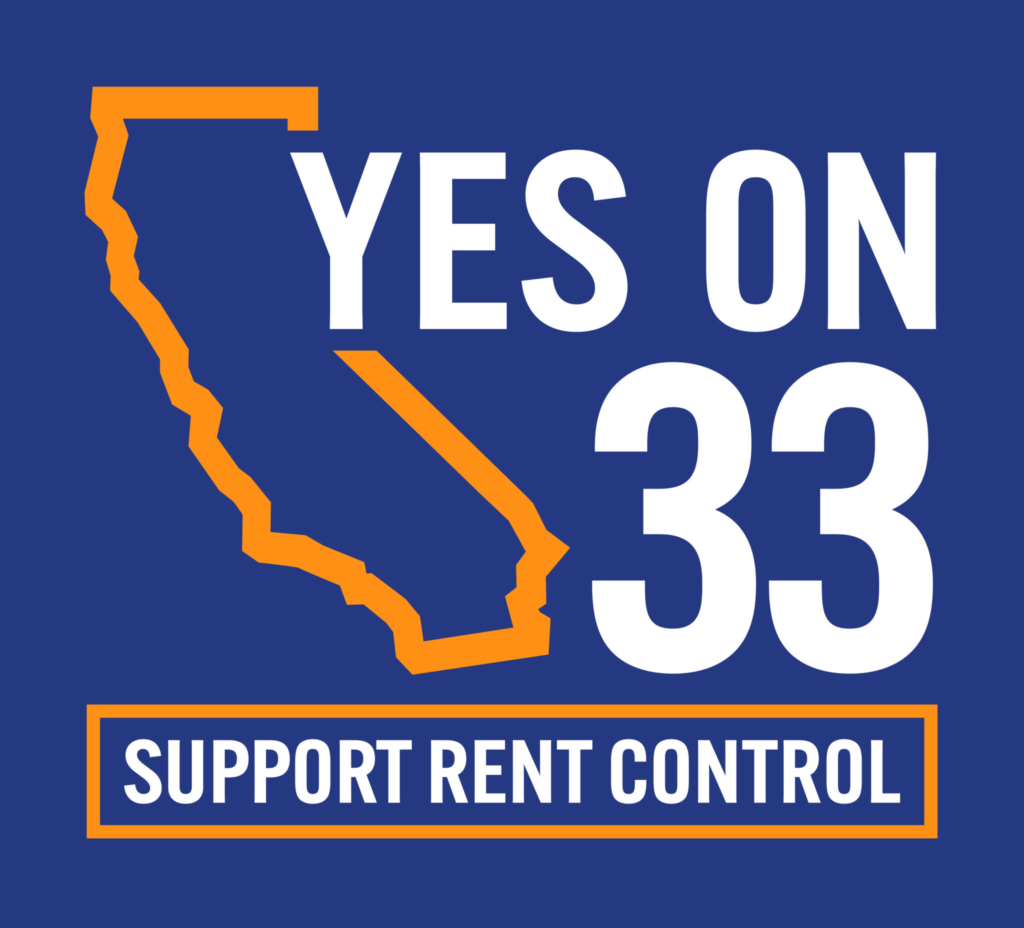
One of the more incendiary topics this election season is California's Proposition 33. The proposition would extend rent control, basically limiting just how much landlords may charge in rent for most kinds of rental properties, including single-family homes. Housing affordability is one of the major issues at hand, so the proposition may prove to be transformative for so many people, but opinions on its impact vary wildly.
California has one of the worst homelessness and affordability crises in the nation, with nearly 186,000 people within the state staying in homeless shelters or living on the streets. Meanwhile, the cost of housing continues to stretch household budgets nationwide, with more than 50% of renters spending over 30% of their income on rent and utilities-a situation described as cost-burdened. Another 25% of them spend half of their income on housing.
The Pros and Cons of Rent Control
Rent control has some possible benefits, foremost among them that it limits the rise of rents in hot cities where middle-class workers are essential. Still, a number of landlords argue that limitation of rent increase may hurt their ever-rising maintenance costs, particularly when the rent-controlled apartments get transferred through generations within a family.
What Proposition 33 Would Change
Prop 33 would restrict rents for vacant units, effectively gutting portions of the Costa-Hawkins Rental Housing Act that currently keeps rent control in check for single-family homes and apartments that have been built after February 1, 1995. Costa-Hawkins allows increases of up to 5% over inflation, not to exceed 10%. Although most California cities avail themselves of that loophole to enact more lenient caps, Prop 33 would add further constrictions statewide.
Supporters of Prop 33
Proposition 33 has gained wide support from labor groups, tenant organizations, and housing advocates. The biggest supporter of the initiative is the AIDS Healthcare Foundation with almost $47 million in contributions. It joined the California Democratic Party and the ACLU of Southern California.

Opposition to Prop 33
Realtors are staunchly opposed to Prop. 33. The California Apartment Association, representing 13,000 members, has raised over $100 million to fight the measure. Opponents say the proposition could further worsen California's housing shortage by creating less incentive for new projects to get built. Cities would enact rent caps on new development that would render a project financially infeasible, particularly in anti-growth regions. Even the editorial board of the Los Angeles Times, while supportive of past rent control measures, warns that Prop 33 will discourage new housing construction.
Landlords also fear that the additional rent control will raise rents in the uncontrolled units because of the higher demand, while the rising property taxes, insurance, and repair costs will make maintenance unaffordable for many smaller landlords and thus further reduce overall housing quality.

Alternative Solutions
Opponents argue that targeted modifications of Costa-Hawkins would provide cities with room to maneuver without a "one-size-fits-all" approach. One proposal, advanced by Berkeley, named "rolling rent control"-imposes the limits on rents on units when they turn 10 or 15 years old, allowing the first few years of market-rate rent to recover development costs.
Wilder Consequences of Prop 33
The impacts of the proposition may also be heard outside California. More than 300 new tenant protections have been proposed throughout the nation since 2021, and Prop 33 may be a model for the expansion of rent control nationally. According to supporters, its passage will go a long distance in showing good precedence for rental protection all over the nation.
Impact on Investors and Property Owners
Most real estate investors are not in favor of rent control, citing increases in operating costs and the probable impacts on property values. Property values could go down in rent-controlled buildings since their general potential for rental income will be lowered, thus impacting the economic viability of investment in new housing. Small independent landlords, who might have very few properties to adjust against such forces, may particularly suffer under such stress, as their potentials for adjusting rents to cover costs will be reduced by the controls.
Conclusion
Yet, apparently, it is not clear on how stakeholders can reach this goal. Investors provide essential rental housing, but tenants are increasingly suffering due to unaffordable housing. Proposals like utilizing city funds in assisting property owners and expanding exemptions from rent control reflect efforts toward a compromise, though any solution is likely to be difficult in a proposition where needs and interest are often in conflict. Proposition 33 describes the desperate effort of California to balance between affordable and available housing.



